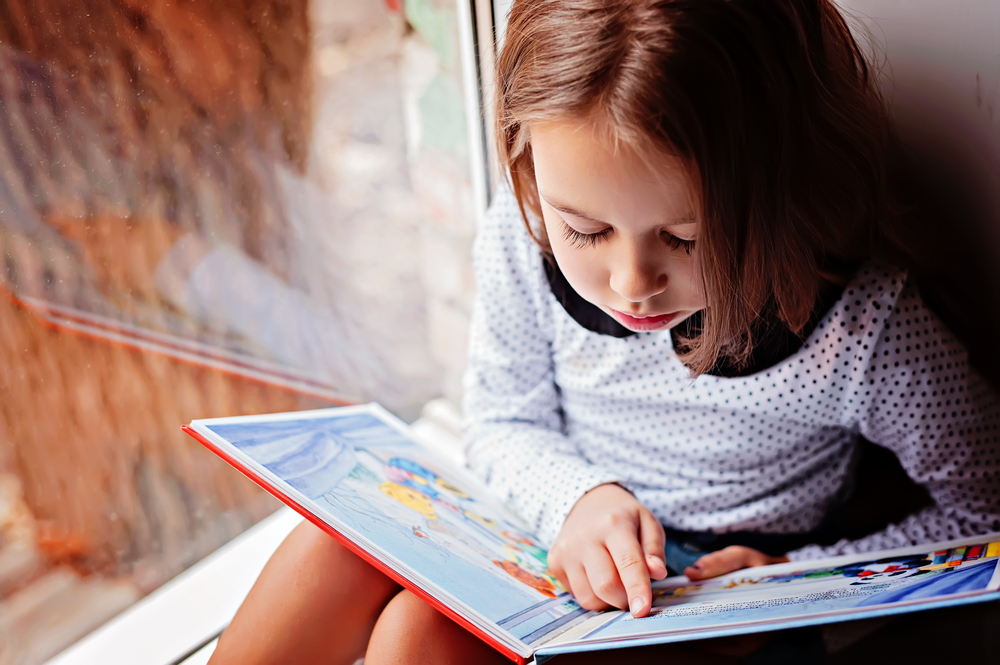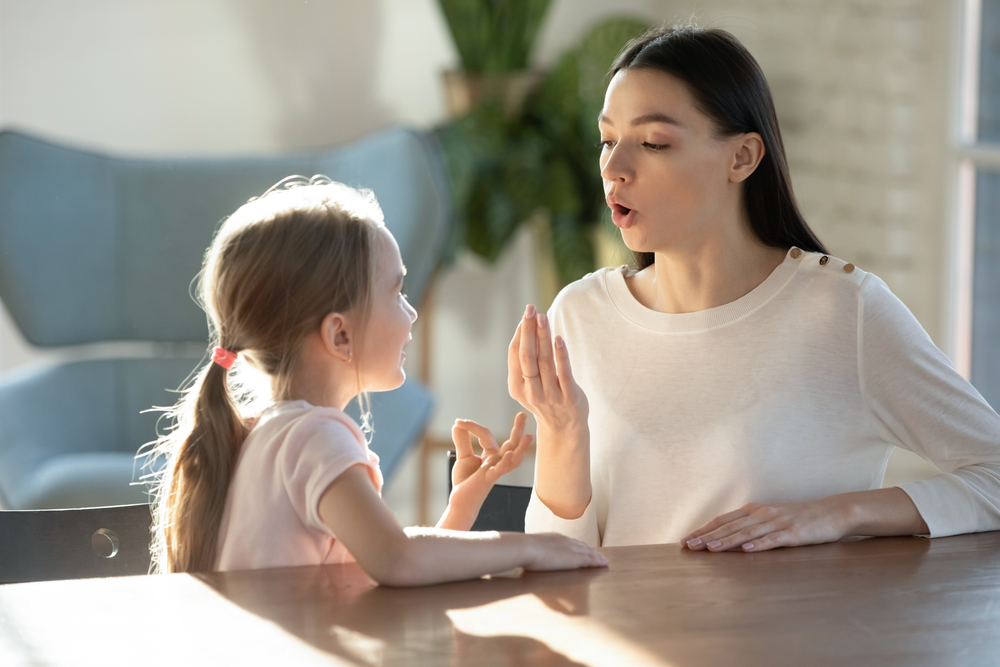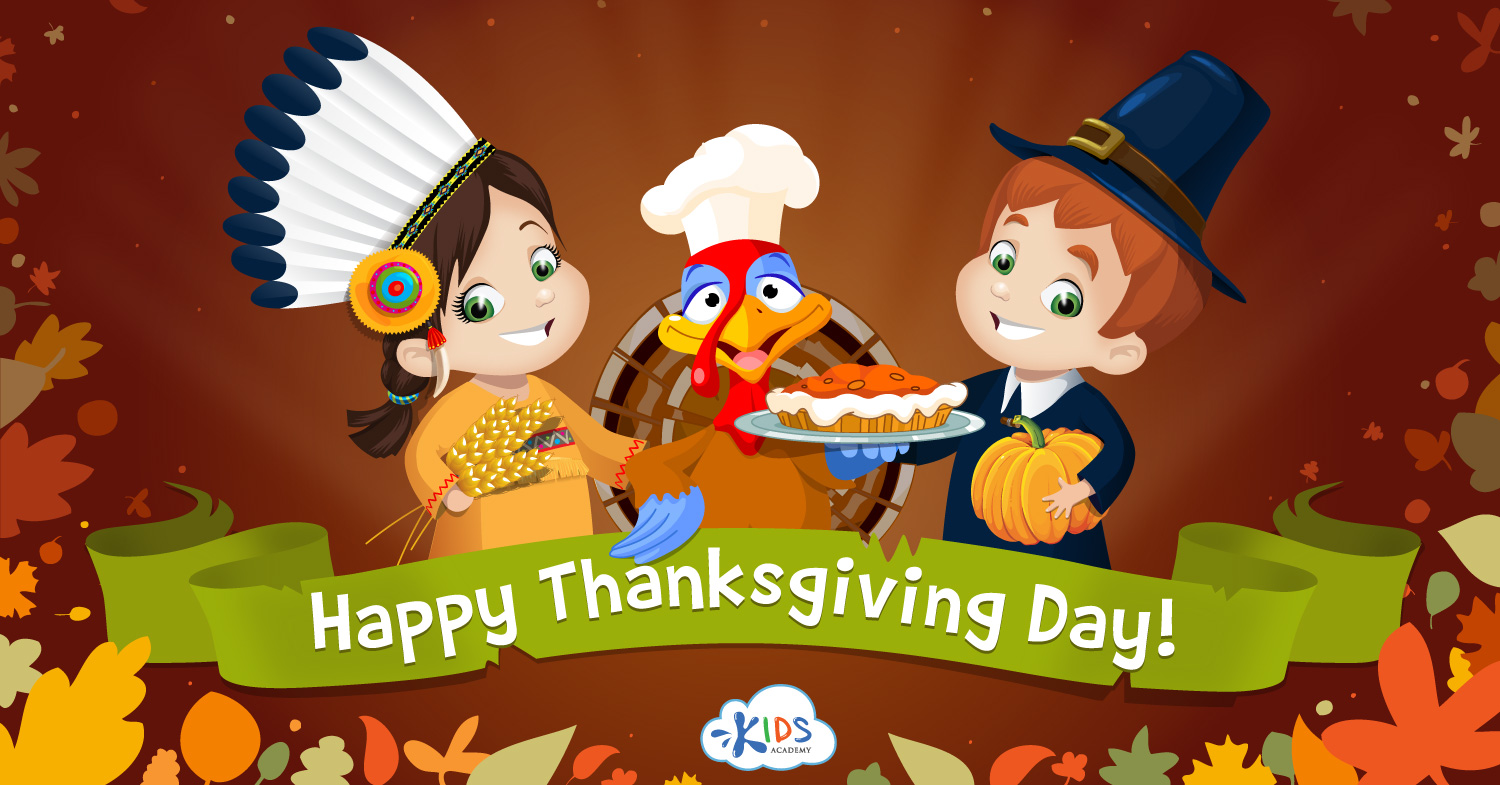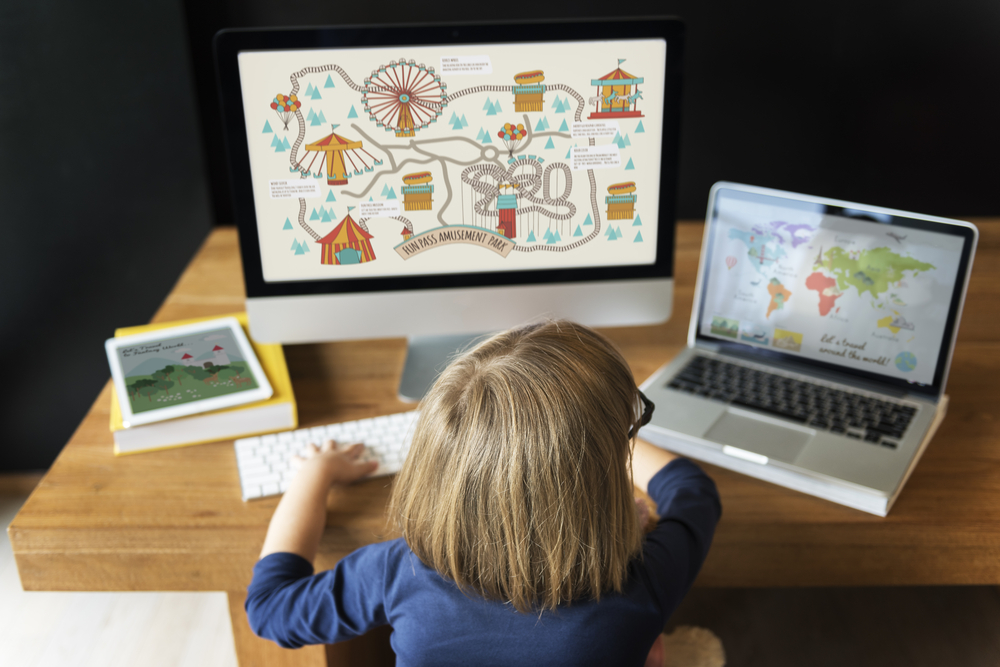Visual perception training Worksheets for Kids
1 filtered results
-
From - To
Visual perception training worksheets improve visual processing skills, helping individuals, particularly children, better interpret visual data. Exercises like pattern identification, object matching, and puzzles enhance attention, hand-eye coordination, reading, writing, and cognitive abilities. Useful in education or home practice, they boost academic success and problem-solving while enhancing visual comprehension. Created by specialists, these fun, interactive worksheets offer a way to strengthen the brain for lasting benefits.
[Character count without spaces: 700]
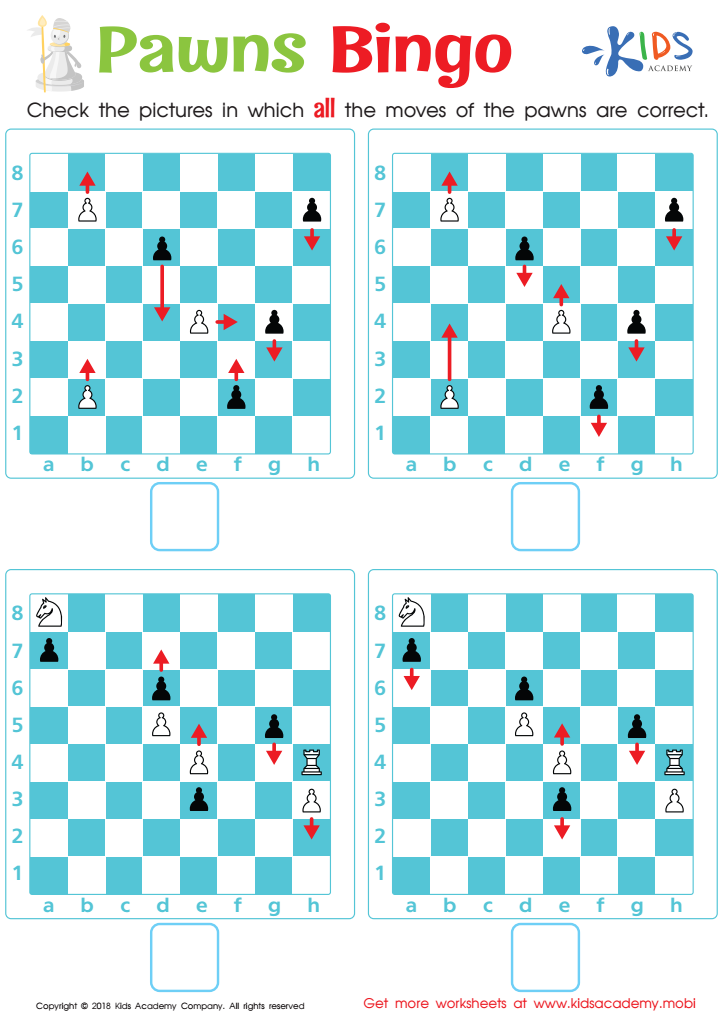

Pawns Bingo Worksheet
Question/Answer
Why is the Visual perception training skill important for Grade 1 students?
Visual perception training is crucial for Grade 1 students as it enhances their ability to process and interpret visual information, which is fundamental for reading, writing, and math. Developing this skill early on helps in identifying letters, numbers, shapes, and patterns, supporting academic success, improving hand-eye coordination, and fostering better overall learning outcomes.
What does the Visual perception training skill mean when it comes to Grade 1 Chess learning?
Visual perception training in Grade 1 Chess learning focuses on enhancing a student's ability to recognize and understand the positions of pieces on the chessboard, foresee possible moves, and visualize the outcomes of those moves. This skill helps young learners improve spatial awareness, planning, and decision-making abilities essential for successful chess play.
What are some effective activities to train students’ Visual perception training skill when teaching them about Chess?
Effective activities for training students' visual perception in chess include solving chess puzzles, playing blindfold chess, studying and analyzing famous chess games, using chess visualization exercises (like imagining the board and moves without a board), and practicing pattern recognition through repetitive exposure to common tactical motifs and endgame positions. These activities enhance the ability to foresee and strategize future moves.
 Assign to the classroom
Assign to the classroom


